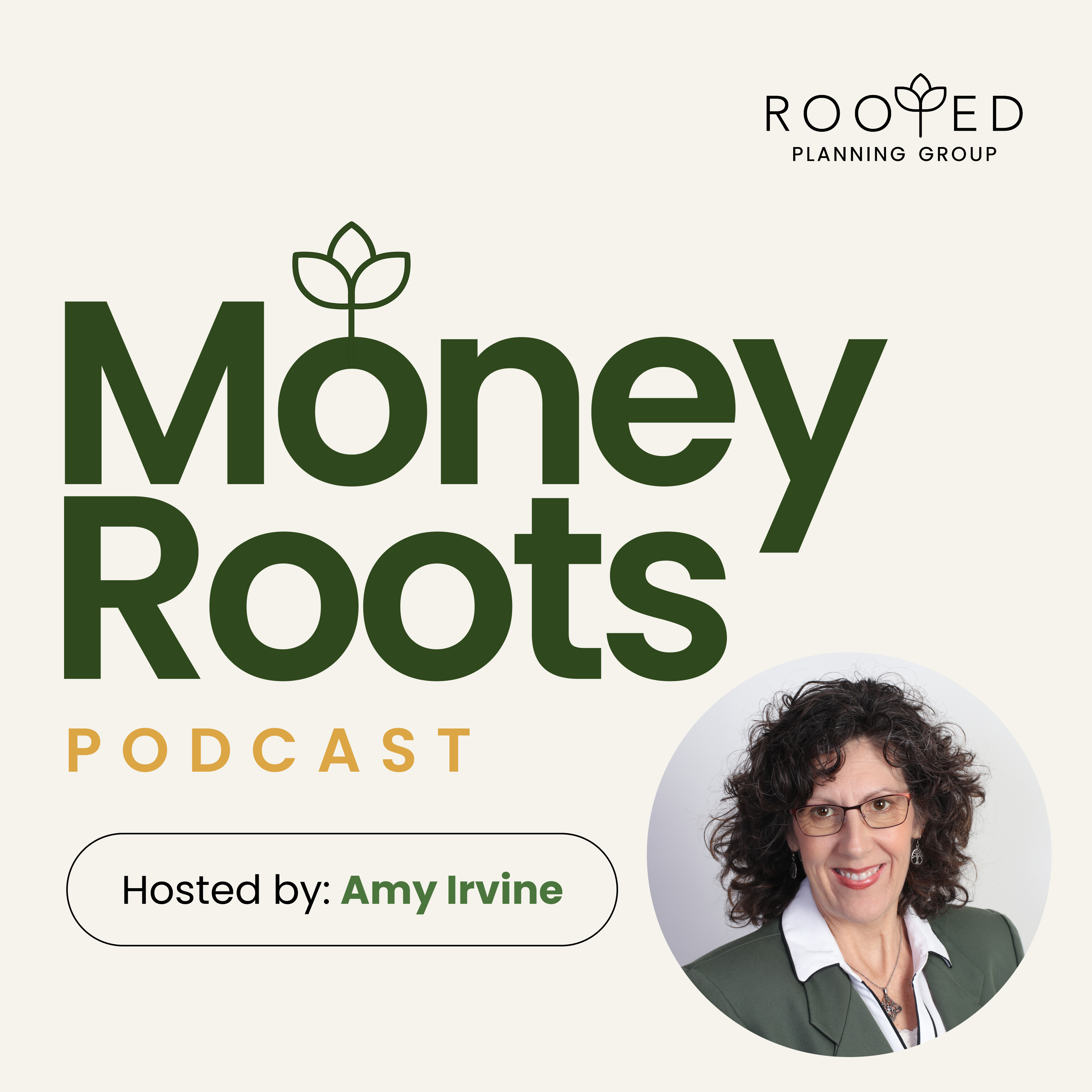Mother’s Day Edition - Planning for Grieving Mothers with Carrie Gibson
Hello again Wine and Dime listeners! Mother’s day is a time to honor those special women in our lives that we call mom (or that feel like mom). But what if you are a mom that has lost a child? What is mother’s day like for you? Carrie and Amy explore this topic and how we can show support and friendship to those special women who are grieving and the event she is planning with another month to develop support for each other.
As a reminder, Carrie’s full story can be found in Episode #97 of Wine and Dime
Carrie Gibson
FACEBOOK BOOK PAGE
FACEBOOK PAGE
My ability to adapt to different situations in life came from growing up in a professional baseball family, which made it necessary to jump in and out of schools across the country each year (sometimes 4 moves per year). I also am a mother of two boys, having lost the eldest in 2017, when he was 29 and unmarried. I was forced into learning what needed to be done to handle his finances and affairs without any guidance.
No grieving mom is ever alone in the way she feels daily. There are thousands of grieving moms who feel the same way she does. Although each person "deals" with the loss differently, we have all felt the same emotions at some point. Also, since the death of one's child affects every aspect of one's life, it is imperative that individuals who have never experienced the loss of a child understand what a grieving mom goes through emotionally and mentally. Finally, a grieving mom needs to know there are some things that need to be considered and addressed (especially when it comes to an adult child who is single) from a legal and financial perspective.
In my book, Never Alone in the Darkness The Shared Journey of Losing a Child, I write about how to handle an adult deceased child's student loan debt, taxes, paychecks, leased vehicles.
NEVER ALONE IN THE DARKNESS
The Shared Journey of Losing a Child was written by a grieving mother who lost her oldest child in 2017. Feeling isolated, walking on the edge between reality and insanity, she had no idea if what she was feeling was normal. Had other mothers experienced the same emotions when they went through the nightmare of their loss? Finding purpose in her pain, she put her deepest emotions into words so other mothers would always have a reference to read, at any given point in their grief, to identify with a mother who knew firsthand what they were feeling. It was her hope these grieving mothers would then never feel alone in their own journey. She also discovered her words provided a better understanding of grieving mothers to those who had never experienced the unimaginable darkness of losing a child.


